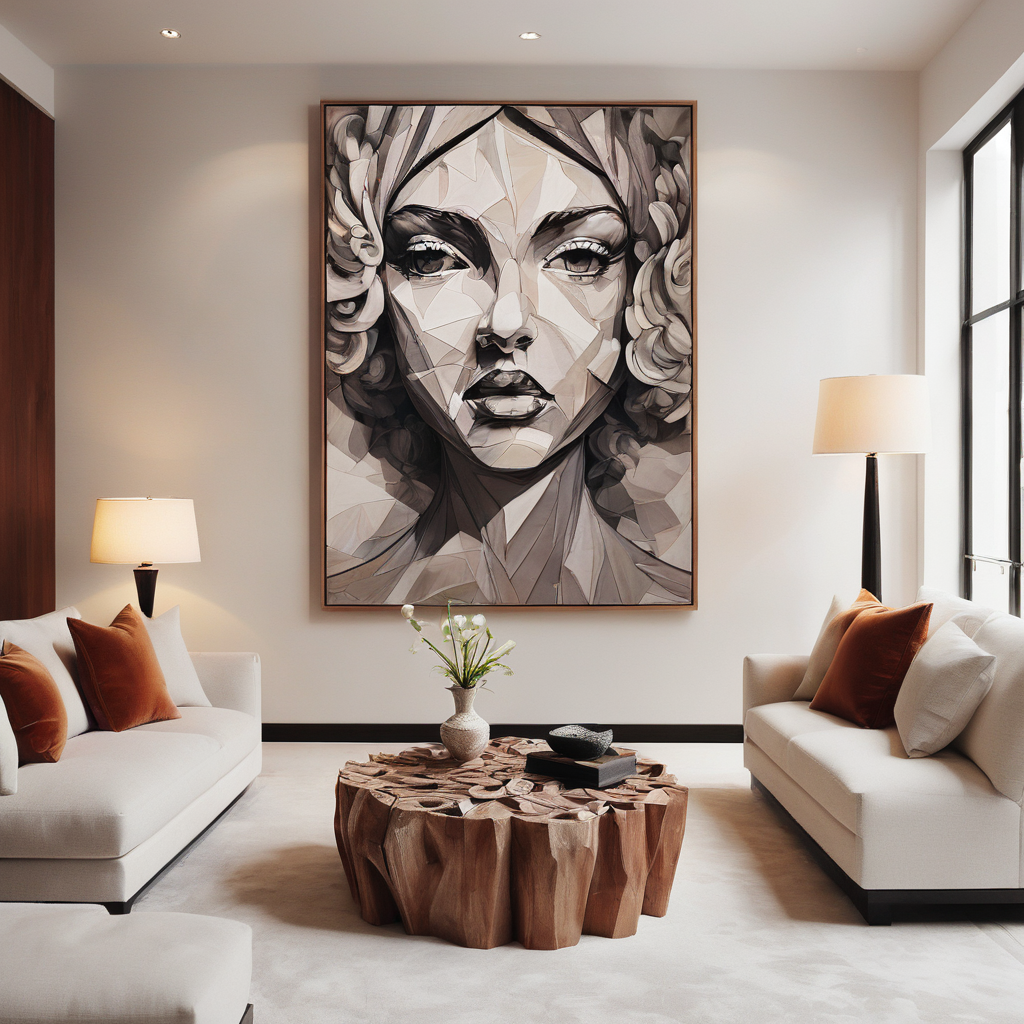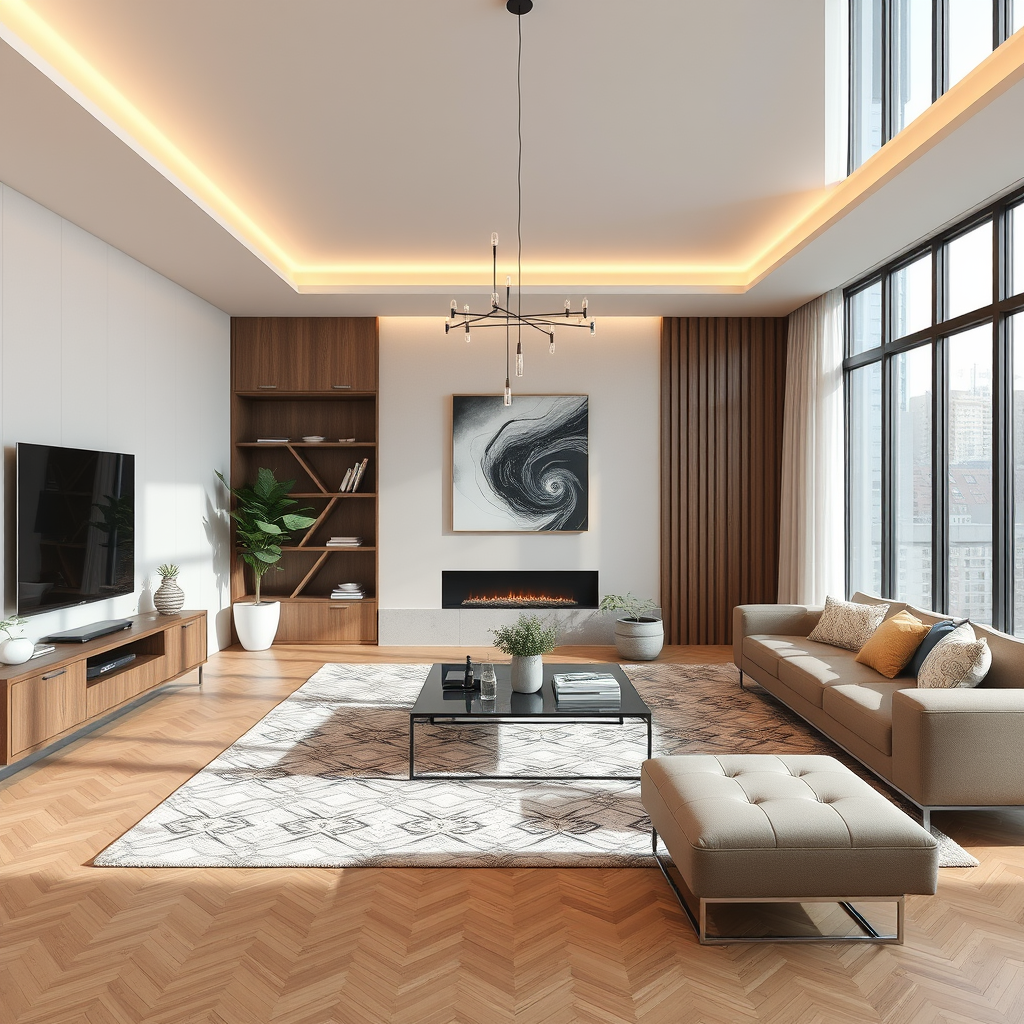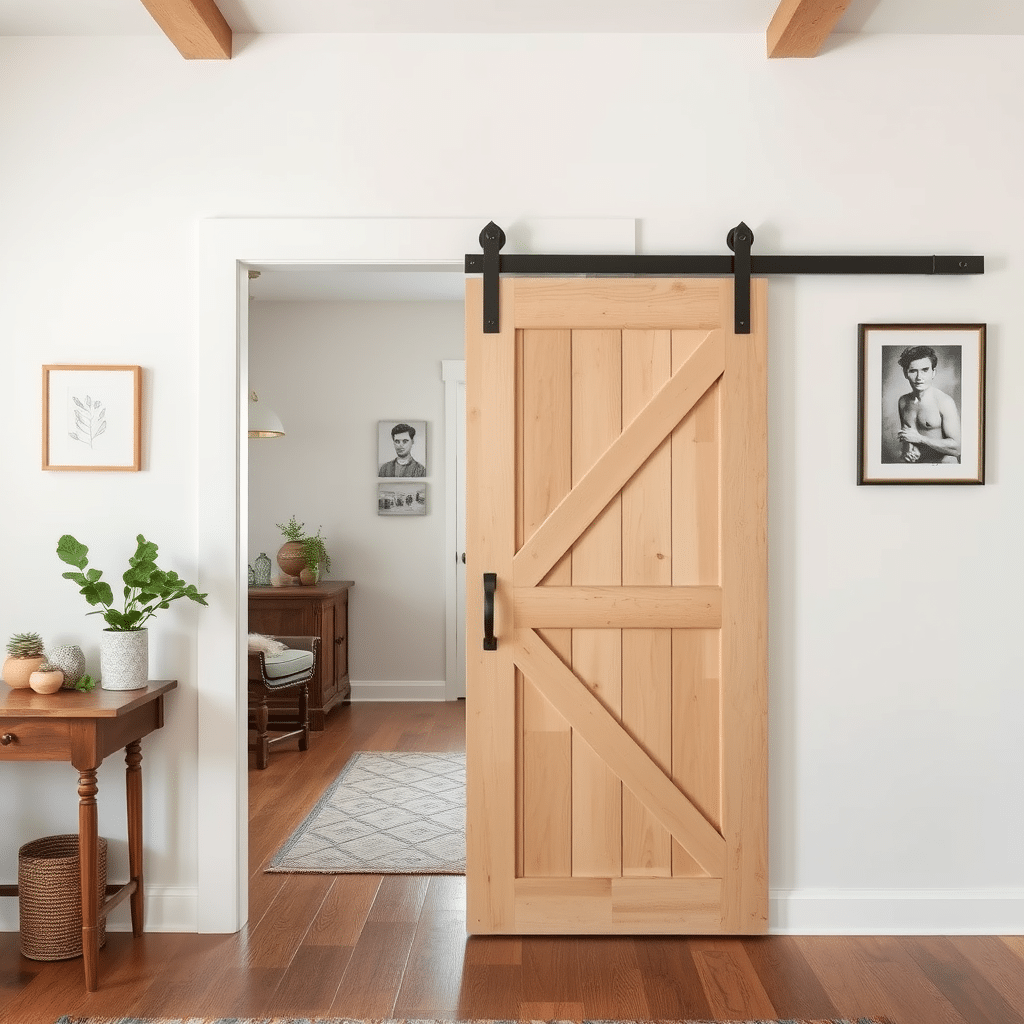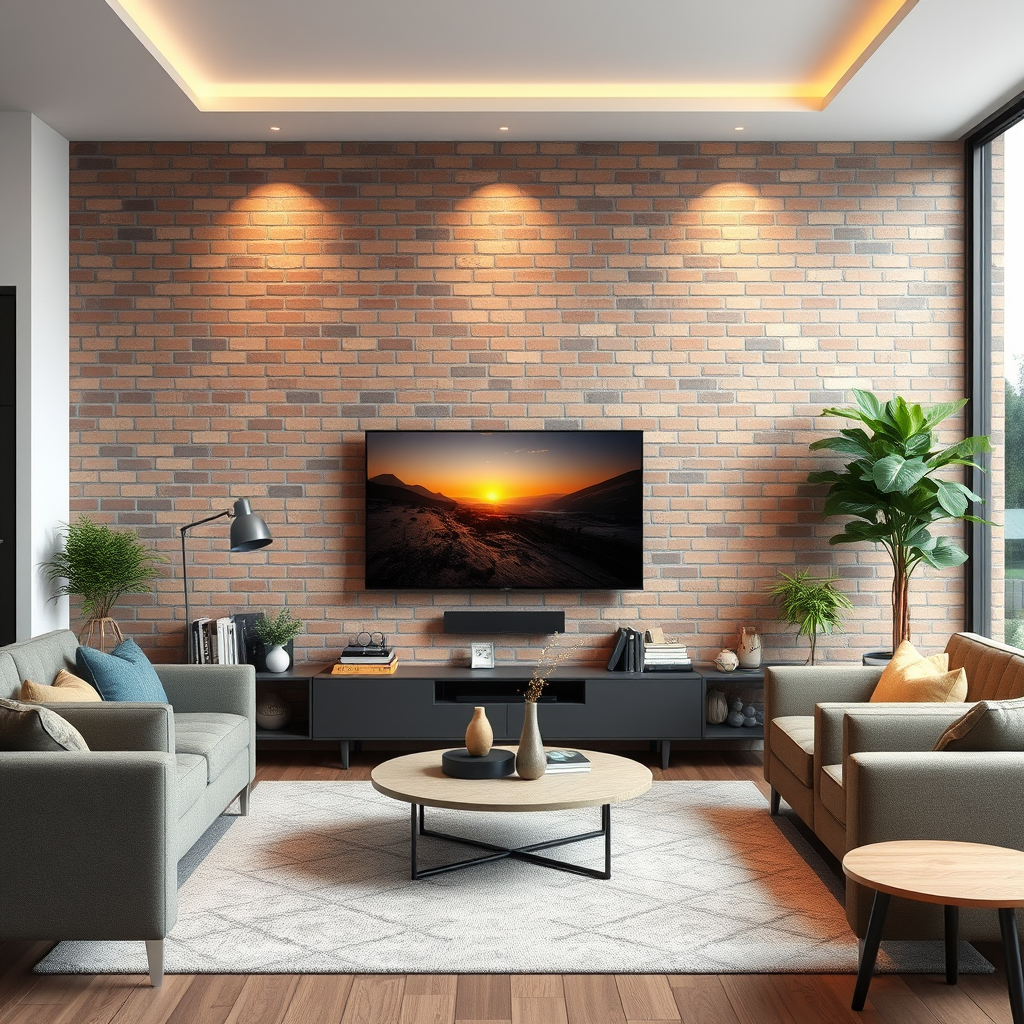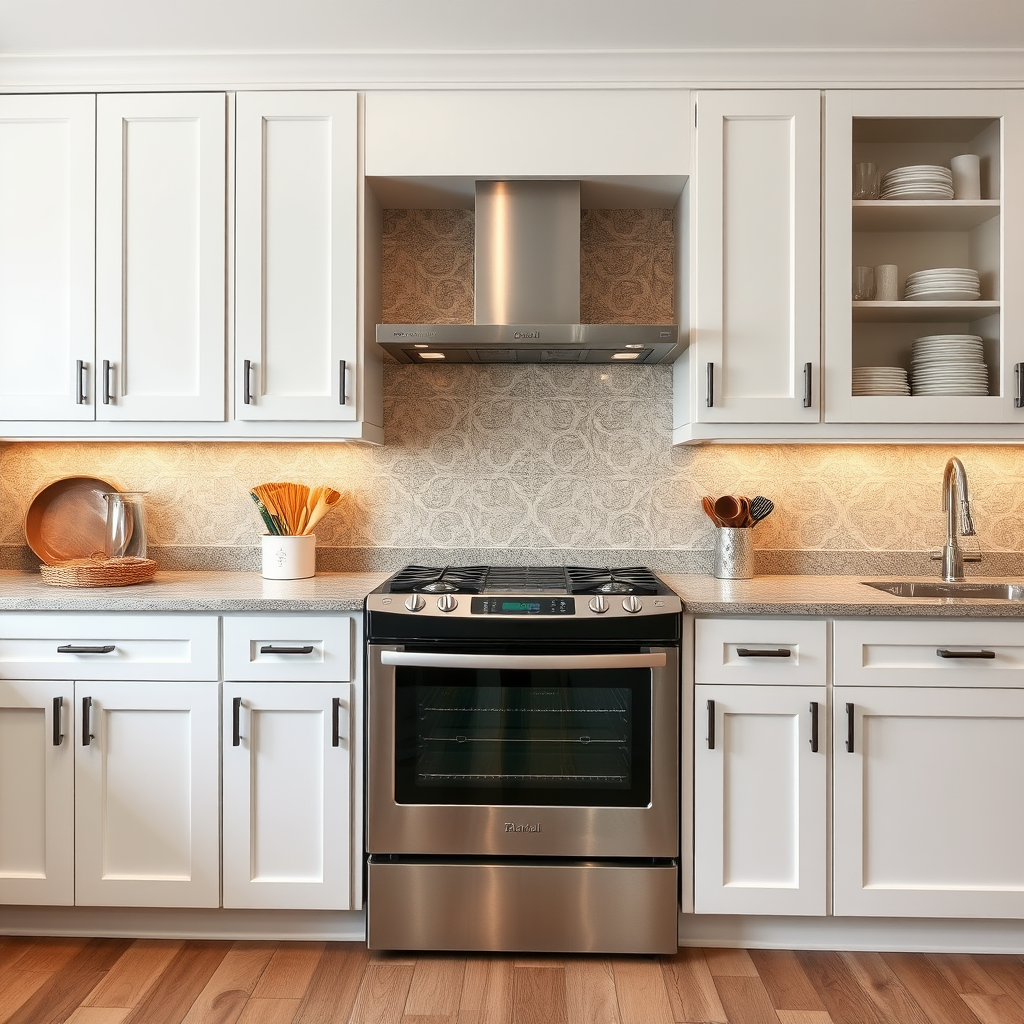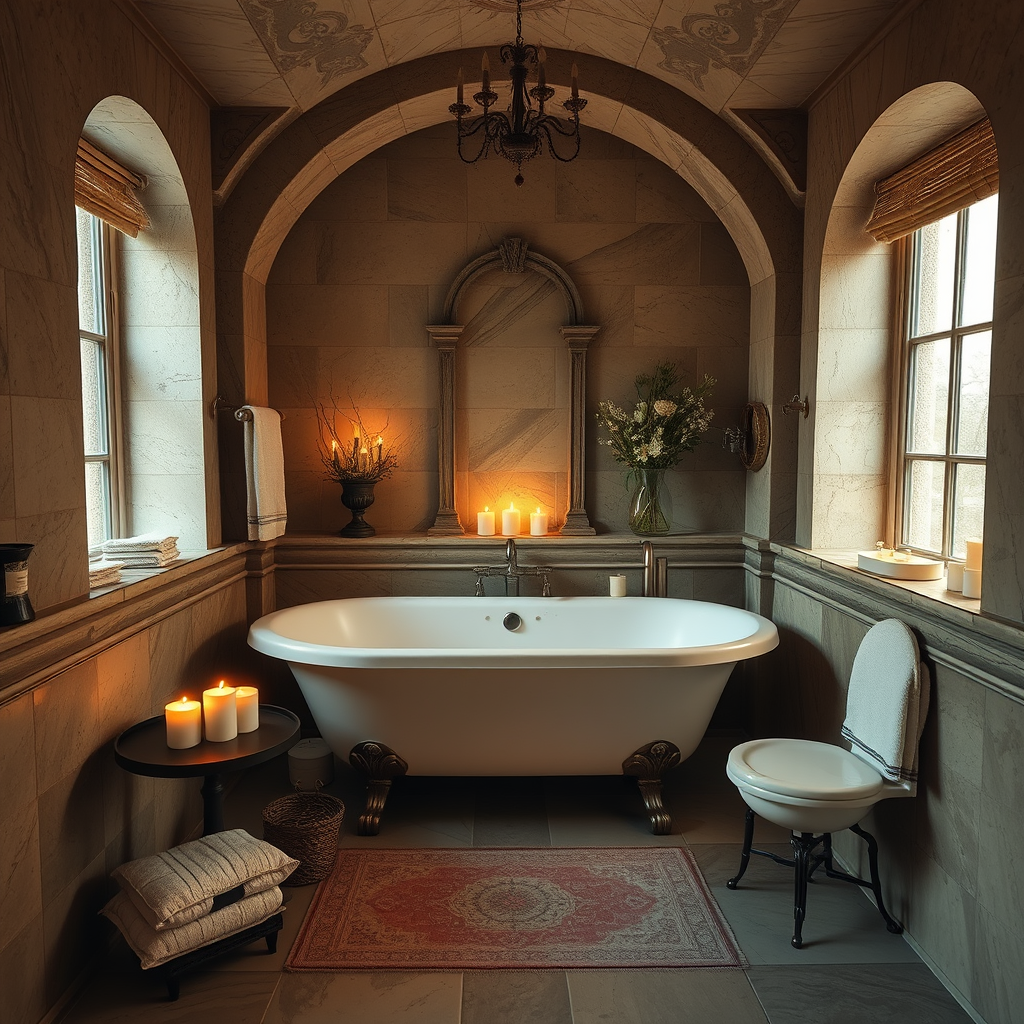In the realm of interior design, the inclusion of art pieces isn’t merely an afterthought; it’s a nuanced strategy that brings spaces to life, reflecting the personalities of those who inhabit them. Art, in its myriad forms, serves as the soul of a room, offering not just aesthetic appeal but also stimulating emotions and conversations. This article explores how art pieces can be thoughtfully integrated into interior design to create environments that are not only visually stunning but also deeply personal and engaging.
### Understanding the Impact of Art
Art has the power to set the mood of a space. From serene landscapes that instill a sense of calm to vibrant abstract pieces that energize, art can dramatically alter the atmosphere of a room. It’s this emotional resonance that makes art a critical element in interior design, transforming spaces from mere functional areas into experiences.
### Choosing Art That Speaks to You
The first step in integrating art into interior design is selecting pieces that resonate on a personal level. Whether it’s a painting, sculpture, or installation, the art should reflect the tastes and interests of the inhabitants. It’s not just about what’s trendy but what genuinely speaks to you. This personal connection ensures that the space not only looks beautiful but feels meaningful as well.
### Scale and Proportion
One of the key considerations when incorporating art into interior design is the scale and proportion of the pieces in relation to the space. Large artworks can serve as focal points in spacious rooms, drawing the eye and making a bold statement. Conversely, smaller pieces can be used to create intimate vignettes or grouped together for a gallery wall effect. It’s important to balance the scale of the artwork with the dimensions of the room to maintain harmony and flow.
### Color and Texture
Art can also play a significant role in the color scheme and texture of a room. A piece of art with a burst of color can inspire the palette for the entire space, acting as a foundation from which to draw hues for furnishings, textiles, and accessories. Similarly, the texture of a piece, whether it’s the roughness of a sculpture or the brushstrokes in a painting, can add depth and interest, influencing the choice of materials throughout the room.
### Lighting and Placement
The way art is lit and positioned within a space can dramatically affect its impact. Proper lighting can highlight the textures, colors, and details of a piece, enhancing its presence and integration into the space. Consider directional lighting to spotlight artwork or ambient lighting to create a mood. Placement is equally important; art should be hung at eye level to engage viewers, and consideration should be given to how it interacts with other elements in the room, such as furniture and architectural features.
### Rotation and Evolution
Finally, the integration of art into interior design is not a static process but an evolving one. Rotating art pieces allows for a refresh of the space, keeping the environment dynamic and reflective of the changing seasons or moods. This approach ensures that the interior remains vibrant and engaging over time.

